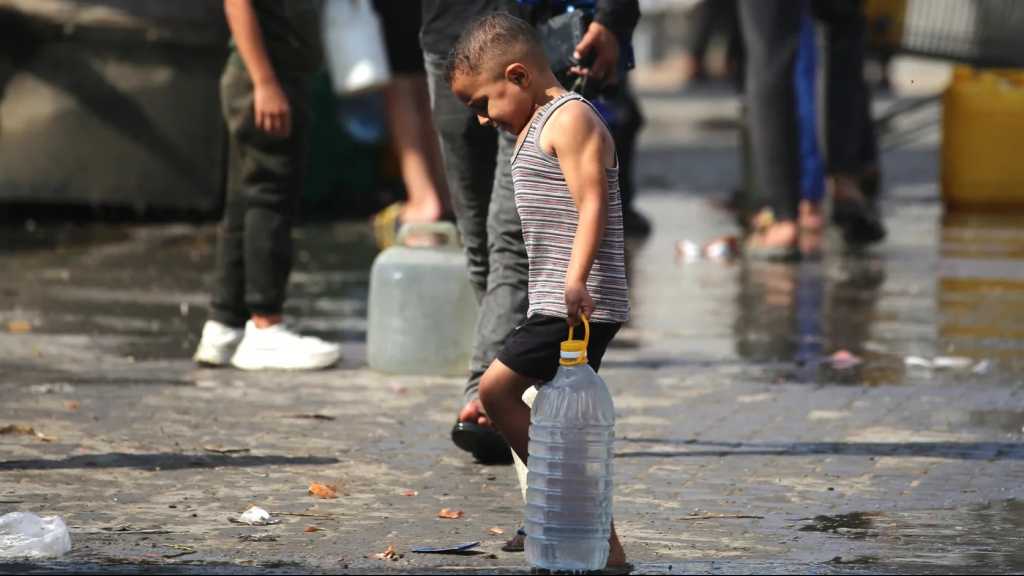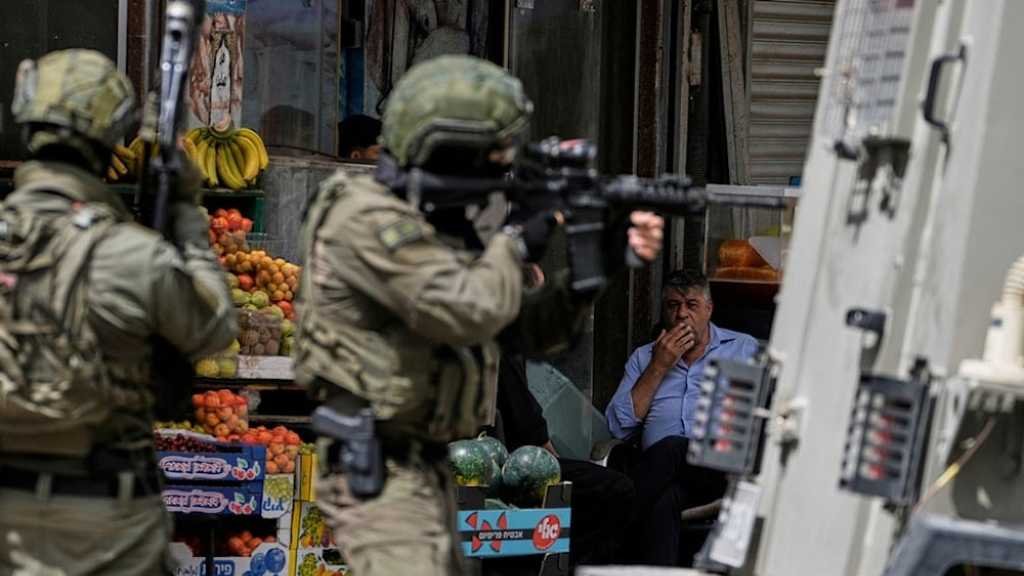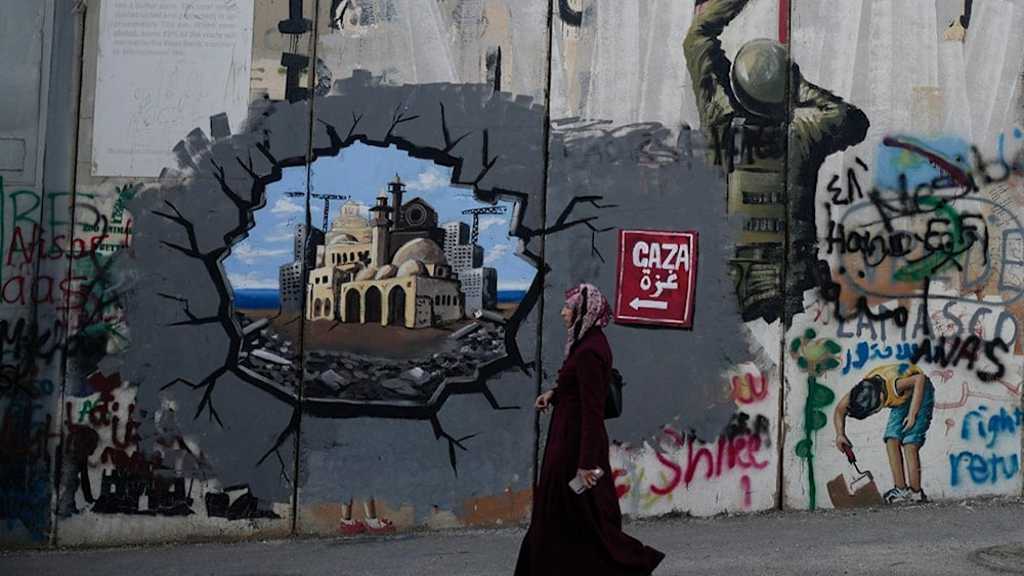Water Crisis Hits Gaza Even Amid Ceasefire

By Staff, Agencies
Local officials warned that the Gaza Strip is grappling with a severe water shortage, worsened by two years of "Israeli" attacks and the ongoing blockade despite the ceasefire.
Hosni Muhanna, spokesperson for the Gaza City Municipality, said that much of the water currently reaching Gaza amounts to no more than 15% of the Strip’s actual needs for its population of over two million - roughly 100,000 cubic metres daily.
During the two-year war, which ended with a fragile ceasefire on October 11, "Israel" destroyed most of the wells, and the central desalination plant has been forced out of service. Only 17 wells out of 88 are currently operational.
The Strip is now dependent on the unstable supply from the "Mekorot" water line, "Israel’s" national water company. Muhanna said the line provides about 15,000 cubic metres per day.
Even before the war began in October 2023, most water in Gaza was undrinkable due to the "Israeli" blockade.
At the onset of the war, then War Minister Yoav Gallant - who is wanted by the ICC for war crimes - declared that “no electricity, no food, no water, no gas” would be allowed into Gaza, worsening the crisis.
The total blockade was combined with attacks on water networks, wells and desalination plants.
Health officials and local media reported drastic levels of dehydration among many people during the war.
According to Muhanna, one of the major obstacles to repairing Gaza’s water infrastructure is the lack of fuel and essential equipment, which "Israel" continues to largely prohibit in violation of the ceasefire terms.
He added that the accumulation of around 260,000 tonnes of waste is further complicating recovery efforts and posing a serious environmental threat.
Muhanna confirmed that the Gaza City Municipality has managed to remove approximately 50,000 tonnes of rubble, while more than 20 million tonnes still await clearance - a task that requires heavy machinery and international assistance.
The Gaza City official noted that the municipality has lost 134 vehicles and vital operational equipment needed for cleaning and reconstruction across the besieged enclave.
He stressed the urgent need for bulldozers, compactor trucks, generators, pumps, and fuel to restore basic services and prevent further deterioration of living conditions.
In September, the United Nations Environment Programme [UNEP] estimated that the 250,000 buildings damaged or destroyed by "Israel" in Gaza had produced around 61 million tonnes of debris.
“About 15% of this debris could be at relatively high risk of contamination with asbestos, industrial waste, or heavy metals if waste streams are not effectively segregated early on,” the UNEP stated.
Inger Andersen, the agency’s executive director, warned that if the situation in the Gaza Strip continues, “it will leave a legacy of environmental destruction that could affect the health and wellbeing of generations of Gaza residents”.
Adding to the already dire environmental crisis, the "Israeli" forces has also been reported to dispose of waste - particularly construction debris - inside the Gaza Strip.
According to a report by Haaretz, footage and information obtained by the "Israeli" news outlet show trucks entering Gaza filled with construction waste and unloading rubble onto its streets.
Comments
- Related News




